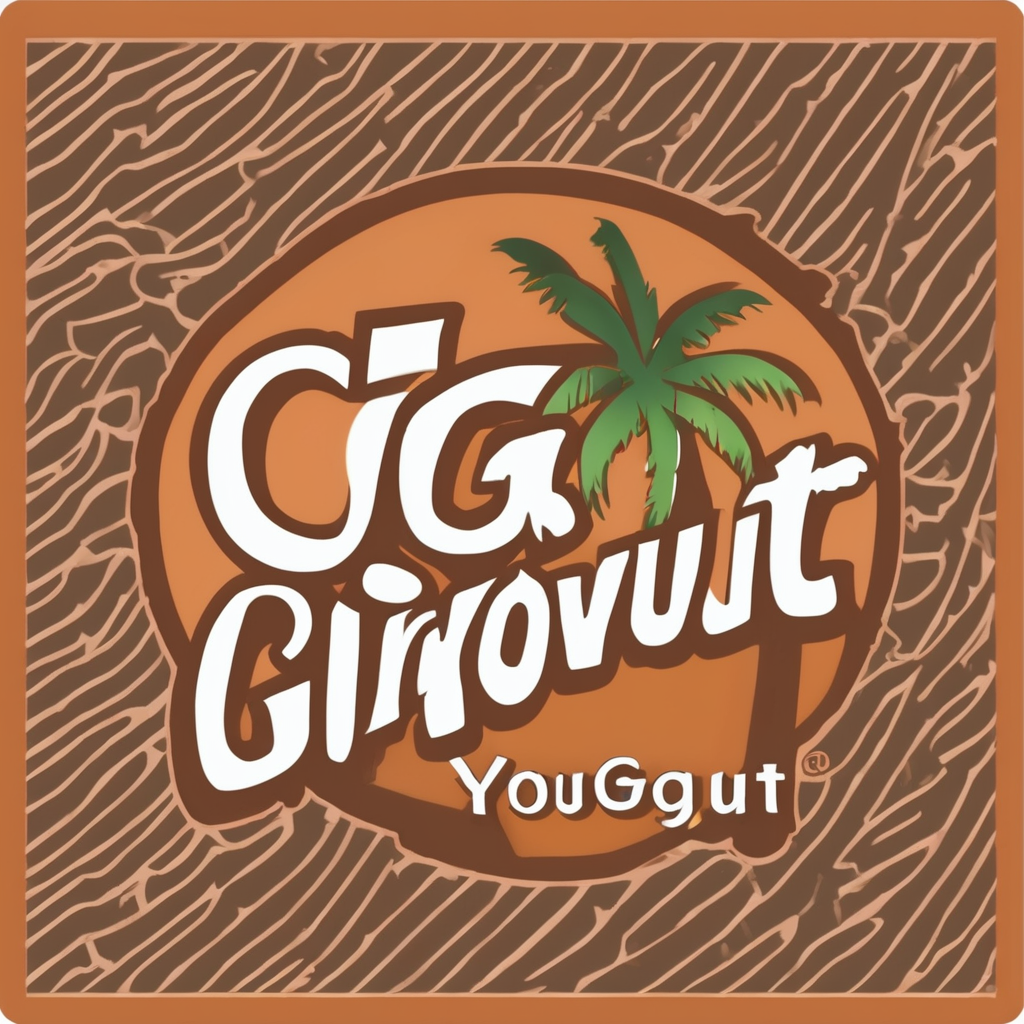Advantages of Serrated Bread Knives
Serrated bread knives offer significant benefits that make them indispensable in any kitchen. One major advantage is their ability to cut through crusty bread without compressing or crushing the loaf. This is due to the serrated edge, which grips and smoothly slices through tough exteriors while maintaining the bread’s integrity.
Another benefit is the minimization of tearing, producing cleaner slices. Traditional straight-edged knives tend to press down and tear at the bread, creating a messier appearance. In contrast, the serrated bread knife’s scalloped edge reduces friction, enabling precise cuts.
Also read : How are eco-friendly materials influencing UK kitchen renovations?
Moreover, these knives demonstrate impressive versatility; they handle various bread types effortlessly. Whether dealing with a dense sourdough or a delicate cake, serrated knives perform excellently. They are not limited to bread alone; they adeptly slice through pastries and even some fruits, rendering them exceptionally multi-purpose tools.
These attributes highlight the adaptability and essential nature of serrated knives in culinary tasks. Embracing their benefits not only streamlines kitchen processes but also enhances the overall cooking experience. Trust in their efficiency, and delight in their unmatched versatility for your slicing needs.
Also read : Discover the Cutting-Edge Safety Innovations in Today’s Electric Pressure Cookers: The Ultimate Guide
Performance Comparison: Serrated vs. Straight Blades
Exploring the performance of bread knives provides insights into why serrated blades often outperform their straight counterparts. The primary superiority lies in the cutting efficiency of serrated knives. These specialized blades excel in cutting crusty exteriors without flattening the loaf, a significant advantage over straight blades that can squash soft interiors.
Cutting Efficiency
The serrated design allows for efficient cutting by utilizing the knife’s saw-like teeth to grip bread surfaces. By reducing the contact area, serrated knives require less force, ensuring cleaner, more precise slices.
User Experience and Feedback
User experiences emphasize the precise control serrated knives provide. Many users report that these blades excel in everyday tasks, highlighting an easy glide through both crusts and crumb.
Longevity and Maintenance
In terms of longevity, serrated knives often maintain their sharpness longer than straight blades. The design minimizes direct contact with cutting surfaces, preserving edge integrity. Users commonly appreciate the reduced need for sharpening, as well as testimonials celebrating the blade’s durability and consistent performance. Effortlessly navigating daily kitchen demands, these attributes reinforce the serrated knife’s standing as a practical, reliable asset.
Practical Tips for Using Serrated Bread Knives
Understanding how to make the most of a serrated bread knife can significantly enhance your kitchen efficiency. Here are some insightful tips to ensure you maximize their effectiveness:
-
Proper Cutting Technique: When slicing through bread, employ a gentle sawing motion. This technique minimizes pressure on the loaf, preserving its structure and producing cleaner slices. The key is to let the knife’s teeth do the work, offering an effortless glide.
-
Choosing the Right Knife: Different bread types demand specific serrations. For crusty, dense loaves like sourdough, opt for a knife with wider, deeper serrations. For delicate items such as cakes or pastries, a finer serration works best to avoid crushing.
-
Care and Maintenance: To keep your serrated knife performing optimally, hand wash it after each use to remove any residues. Regular sharpening is key, but given the design, sharpening may be required less frequently. Specialized sharpeners for serrated blades are available to simplify the process, ensuring longevity and consistent performance.
By adopting these practices, your serrated knives will undoubtedly remain indispensable tools, maintaining their sharpness and versatility with minimal effort.
Visuals and Infographics
Understanding the differences between serrated and straight blades can be greatly enhanced through visuals and infographics. These tools provide a clear visual comparison of bread knife performance, showcasing how serrated edges easily tackle crusty exteriors, reducing tearing and maintaining cleaner slices.
Infographic: Serrated vs. Straight Blade
An infographic detailing this comparison can highlight the serrated bread knife’s ability to slice through breads like sourdough with ease, preventing crushing. Visuals can depict the less efficient performance of straight blades, emphasizing the superiority of serrated designs in achieving cleaner cuts.
Visual Guide: Bread Types and Best Knife Pairings
A visual guide helps users select the appropriate knife for each bread type. Pairing diagrams could outline which serrated blade works best for dense breads versus more delicate pastries. This empowers users to make informed decisions, optimising their slicing tasks.
User Testimonials Infographic
Graphically representing user testimonials can convey the daily advantages experienced by serrated knife users. By displaying these insights visually, the benefits such as sharpness retention and cutting ease become more relatable. The combination of images and feedback fosters a deeper understanding of the knife’s effectiveness in practical kitchen settings.
